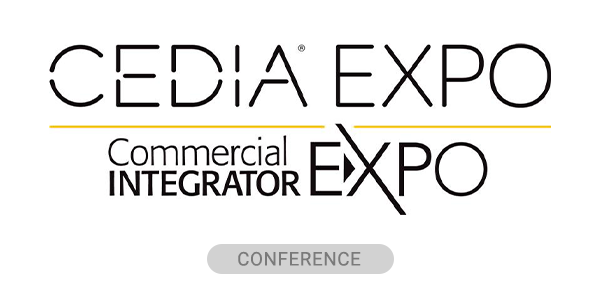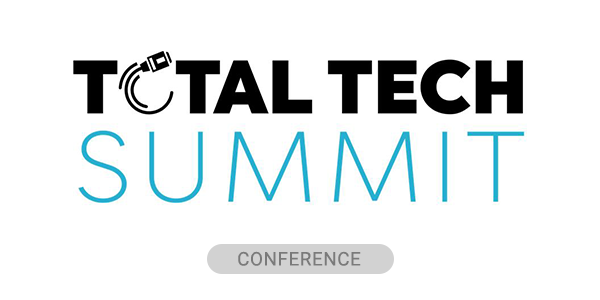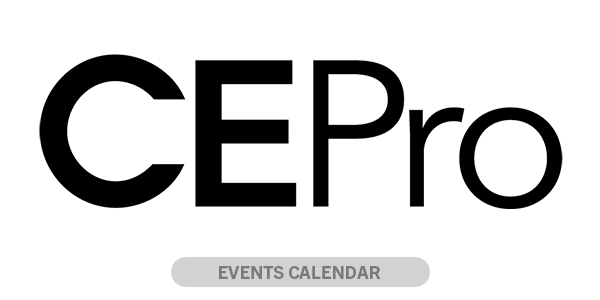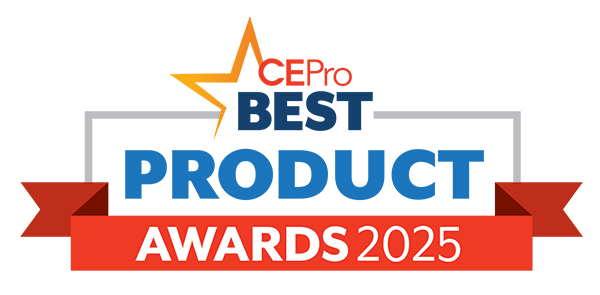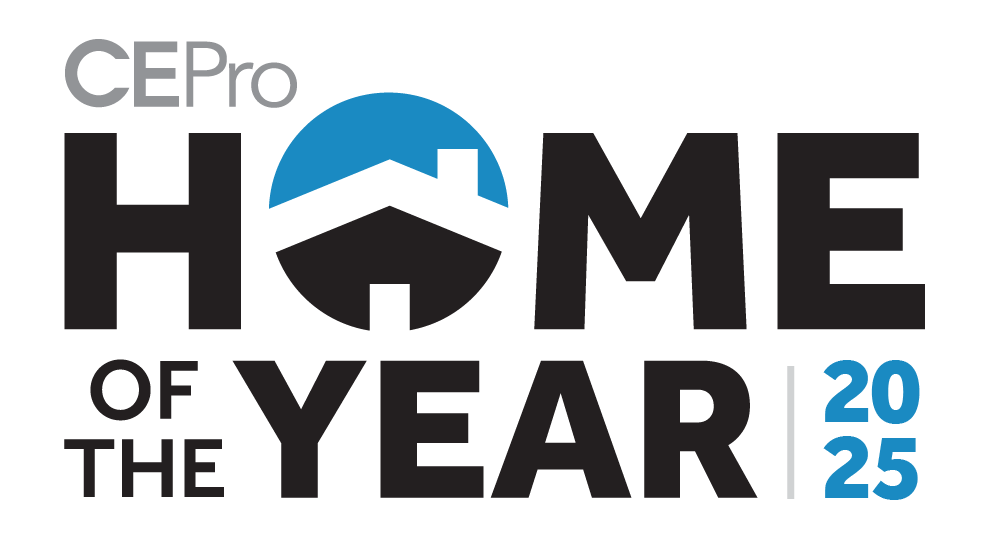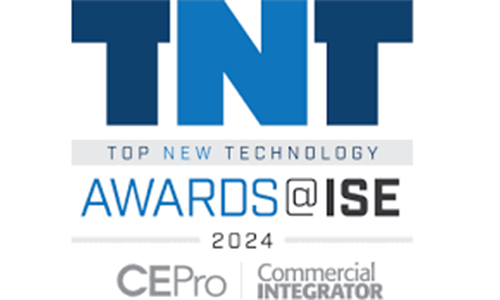It used to be if you wanted to integrate natively with Z-Wave home automation devices, you had to acquire a license from Sigma Designs (Nasdaq: SIGM), owner of the smart-home spec. You had to sign NDAs, pay fees and otherwise jump through hoops to become a certified supplier.
But Sigma is now opening up Z-Wave’s interoperability layer, enabling third parties to integrate with Z-Wave devices without becoming official licensees.
The new Z-Wave Public Spec provides SHaaS (smart home as a service) developers, gateway manufacturers, even DIY tinkerers free and easy access to Z-Wave integration tools.
Raoul Wijgergangs, VP of Z-Wave at Sigma Designs, tells CE Pro that the move by Sigma is highly unusual. Nest has exposed part of its Thread IoT networking technology, but Z-Wave rival ZigBee doesn’t provide anything close to this level of openness for smart-home interoperability.
In addition to exposing the Z-Wave interoperability layer, Sigma is announcing open APIs for its Z-Wave-over-IP (Z/IP) specification, as well as middleware for accessing Z-Wave’s comprehensive command classes.

Those world-class device definitions that tell you, for example, that a light switch can turn on/off and dim … those are now freely available via an API.
That’s a really big deal considering Z-Wave has been defining smart devices for over a decade, amassing a database of commands and classes that few can rival. It’s where all the IoT start-ups tend to falter.
With access to this database, developers can easily write applications to control everything from garage door controllers to dimmers to motorized window coverings … all without joining the Z-Wave Alliance.
As Sigma tells us:
[A]nyone can now download and use the Z-Wave Command Class Specification and the Z-Wave Device and Role Type Specifications. New entrants to the IoT can now see the details behind Z-Wave, and test for themselves before deciding which standards/protocols are best for their products or services.
There’s one more biggie: Sigma is making public the full specification of the new Z-Wave S2 security application framework.
This is the framework that enabled Z-Wave to become the first mesh-networking technology approved by UL for security applications.
Related: Z-Wave Scores Huge UL Win for Security, a First for Mesh Technology
Why Open the Spec?
Why is Sigma – and by proxy the Z-Wave Alliance – giving away the keys to its IoT kingdom? Z-Wave Alliance members have spent many years and lots of money developing their devices and ecosystems.
It is quite clear why Sigma wants to open up Z-Wave. Much to the disappointment of the industry, Sigma is the only chip-maker for Z-Wave technology (although Mitsumi makes boards with the Sigma chipset). Providing the most exposure possible for the technology opens new opportunities for Sigma to sell more Z-Wave chips.
As for the broader Z-Wave community, clearly a more open platform invites more applications for Z-Wave devices. Anyone who wants to make Z-Wave products still has to join the Alliance and buy the Sigma chips, just like everyone else.
PRESS RELEASE
Sigma Designs Releases Z-Wave Interoperability Layer into the Public Domain
Open access to world’s leading home smart home standard expected to drive protocol unification
FREMONT, CALIFORNIA–August 31, 2016–Sigma Designs® (NASDAQ: SIGM), a leading provider of intelligent system-on-chip (SoC) solutions for Connected Smart TV platforms and Internet of Things (IoT) Devices, today announced it is releasing the interoperability layer of the Z-Wave standard into the public domain. The Z-Wave Public Spec provides cloud service developers, gateway makers, technology enthusiasts, and others free and easy access to the Z-Wave interoperability layer, for development of smart home IoT applications. Sigma Designs is also making public APIs for two of its software products as well as the full specification of the new, world-class Z-Wave S2 security application framework.
Z-Wave has long been the dominant technology in the smart home space, with more than 50 million interoperable Z-Wave smart home devices worldwide. The Z-Wave interoperability layer has become the gold standard in smart home communication and is the basis of the successful Z-Wave ecosystem, where all products speak the same language and truly understand each other, allowing service providers and consumers to successfully mix and match any Z-Wave product from any Z-Wave partner.
In addition to opening the Z-Wave interoperability layer, Sigma Designs is also releasing:
- The API specification for its Z/IP (Z-Wave over IP) and Z-Ware (Z-Wave middleware) software products. These two APIs are designed for use by gateways, making communication from cloud services to the Z-Wave gateways even more transparent. Sigma Designs is also making public two implementation samples codes for the usage of these two APIs.
- The full specification of the new, world-class Z-Wave S2 security application framework. Z-Wave’s S2 security framework is the industry’s most robust and comprehensive approach to Smart Home security. This allows security experts to view the inner workings of Z-Wave S2 security to further validate or provide critical feedback for improvements.
“Over four years ago, the Z-Wave Mac/Phy was adopted by the ITU as the public G.9959 radio standard. This public release of the interoperability layer, our Z-Wave language, marks the next major step towards further democratizing Smart Home standards for the IoT,” said Raoul Wijgergangs, Vice President of the Z-Wave Business unit at Sigma Designs. “By publicly distributing our specifications, we’re creating a resource for any party that wants to work with the best and biggest smart home ecosystem. We expect to see even more community involvement and an acceleration of development of new and innovative smart home solutions that adopt Z-Wave, especially in the cloud and gateway space.”
Innovators will be able to develop plugins for connections through OCF, Amazon Web Services (AWS), and cloud-based services that can work directly with Z-Wave products and gateways. This will help tie the Smart Home into cloud initiatives and popular cloud services, which will extend the reach of Smart Home products and Z-Wave’s overall leadership position. Free and public access to the specifications for application layer interoperability will also allow the community of smart home IoT developers to explore Z-Wave without having to purchase a development kit or sign an NDA.
“Z-Wave’s smart home command classes and device types are the industry’s most comprehensive and well-developed, and I am excited that Z-Wave’s application layer interoperability specification will now be in the public domain,” said Justin Hammond, maintainer, OpenZWave. “I am sure with access to these specifications, the Open Source Z-Wave community will really thrive, and in particular, OpenZWave will now be able to offer a complete and robust Z-Wave implementation for Open Source applications.”
The Z-Wave Alliance will remain the steward and regulator of the Z-Wave brand, providing membership and ensuring a rigorous certification process for all products to be commercially offered in the market. The Z-Wave logo guarantees the quality of the Z-Wave products in terms of correct implementation of the Z-Wave commands.
For more information on how to access the Z-Wave Public Spec, click here .
About Z-Wave
Z-Wave technology is an open internationally recognized ITU standard (G.9959). It is the leading wireless home control technology in the market today, with over 1500 certified interoperable products worldwide. Represented by the Z-Wave Alliance, and supported by more than 375 companies around the world, the standard is a key enabler of smart living solutions for home safety and security, energy, hospitality, office and light commercial applications.
Z-Wave® is a registered trade mark of Sigma Designs and its subsidiaries in the United States and other countries.
About Sigma Designs
Sigma Designs, Inc. (NASDAQ: SIGM) is a world leader in enabling smart home convergence. The company designs and builds the essential semiconductor technologies that serve as the foundation for the world’s leading Smart TV, connected media players, Internet of Things (IoT) for smart home devices and whole home media connectivity . For more information about Sigma Designs, please visit www.sigmadesigns.com.
Sigma Designs, Secure Media Processor, and the Sigma Designs logo are either registered trademarks or trademarks of Sigma Designs, Inc. and its subsidiaries in the United States and other countries. All other trademarks mentioned herein are believed to be trademarks of their respective owners.
